Printed Receipts first appeared specifically in the levying of taxes. The printed receipt provides a measure of accountancy control greater than a handwritten slip. These receipts are from a counterfoil booklet, these were introduced in the late 1800’s and consisted of a booklet where a receipt was completed and had a corresponding tab that was left in the booklet after the individual receipt was removed.
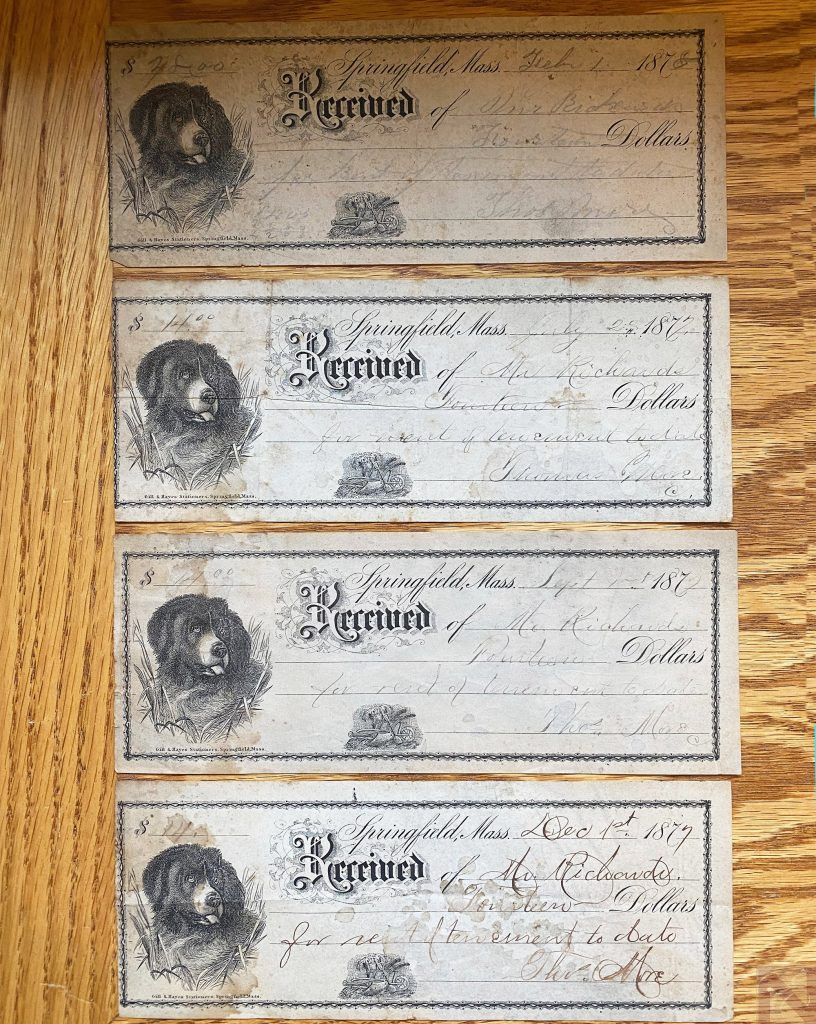
A Bill of Lading is the precursor of the modern packing slip. Itemizing items packed for shipping. Bills of Lading have been recording as early as the 1600’s. The phrasing “Goods are shipped and a receipt taken for in “good order”” is traditional and was used for over 100 years.
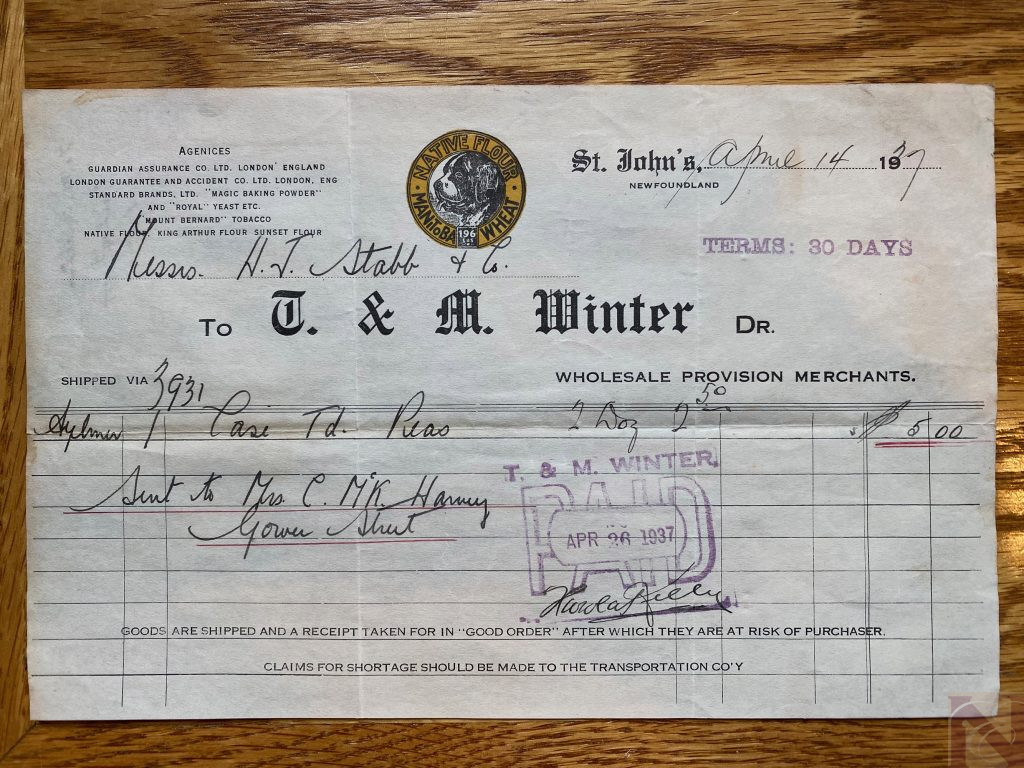
Certificate of Deposit – unlike the current banking products “CDs” these Certificates of Deposit were issued as a receipt for depositing money into a bank. In this example you can also see that a two cent “documentary” stamp. Documentary stamps were used to show tax was paid on transactions documented on paper.
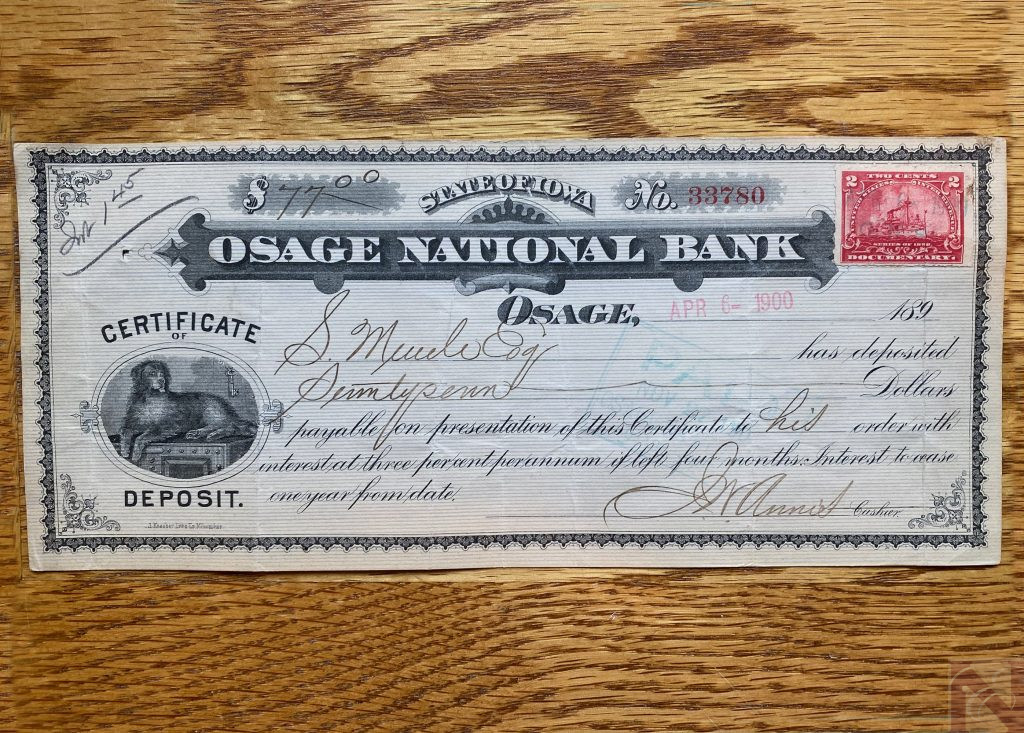
Scripophily is the study and collection of stocks and bonds. It is an area of collecting due to both the inherent beauty of some historical documents as well as the interesting historical context of each document. Some stock certificates are excellent examples of engraving. Occasionally, an old stock document will be found that still has value as a stock in a successor company. This stock certificate features two images of a Newfoundland, they were often chosen as images on financial documents as the documents needed to convey confidence and stability, and the Newfoundland’s popularity during Victorian times and their reputation for sagacity lent that air to their image use.
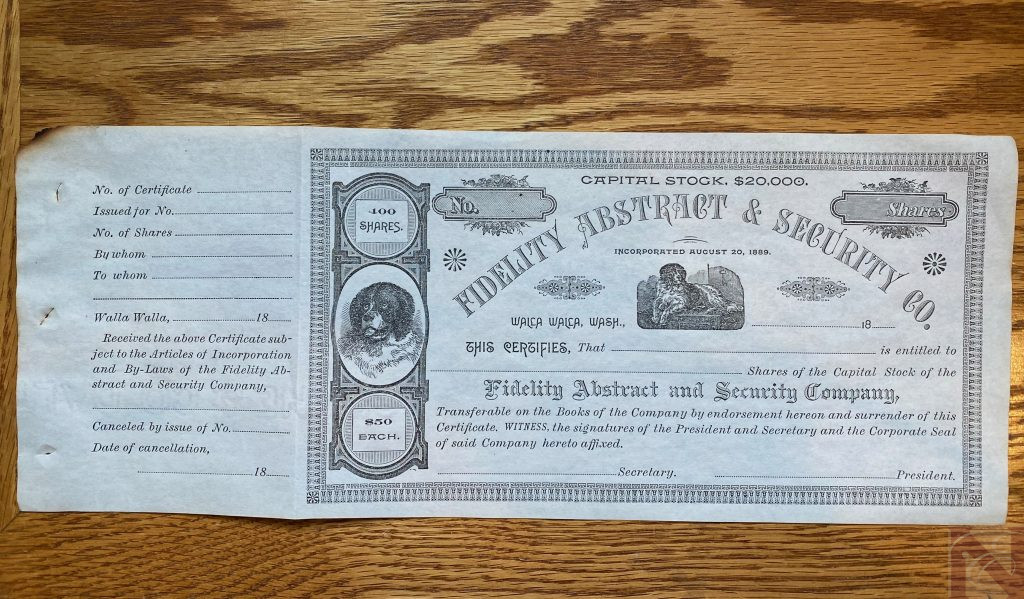
Provision by banks of a formal printed blank cheque was an innovation of the early 19th century. At least 12 of Landseer’s paintings are known to have been used as models for fiscal documents, including this head that is based on his painting “Paul Pry”
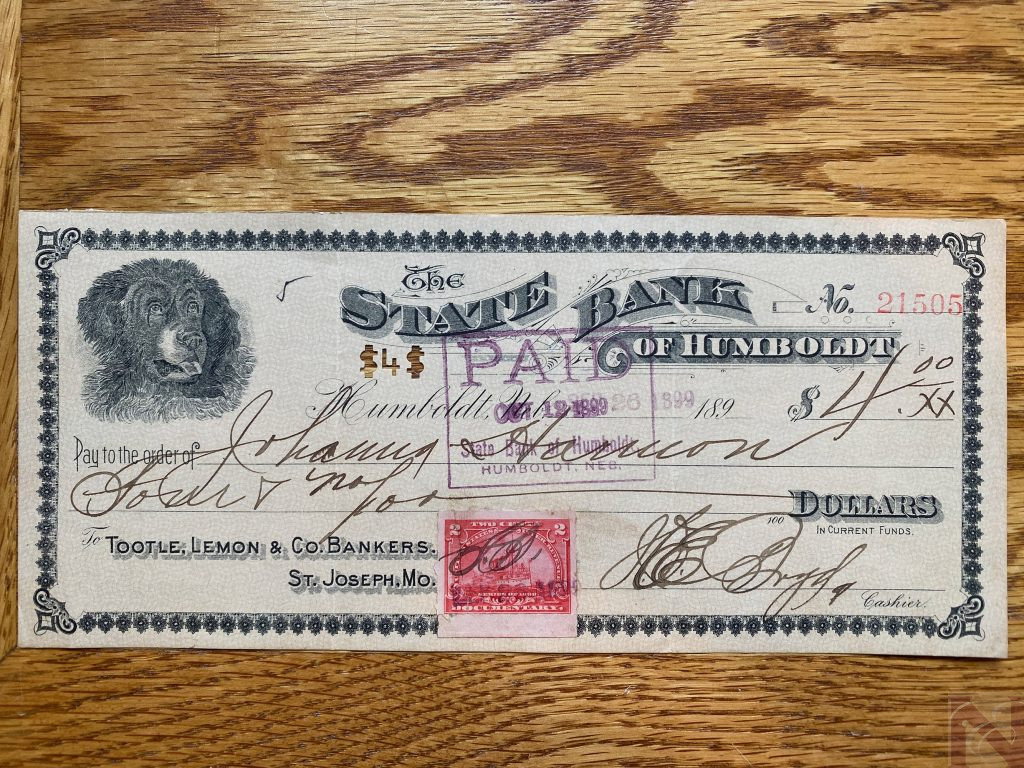
This certificate of deposit dating from slightly later (1926) shows several innovations to increase security and make forgery more difficult, including colored ink, detailed background printing. The design and production of these type of documents is a technique known as Security Printing. One aspect of that is the use of steel engraving plates which contain images that are a combination of many, many dots and short lines that, when viewed, look like smooth drawings.
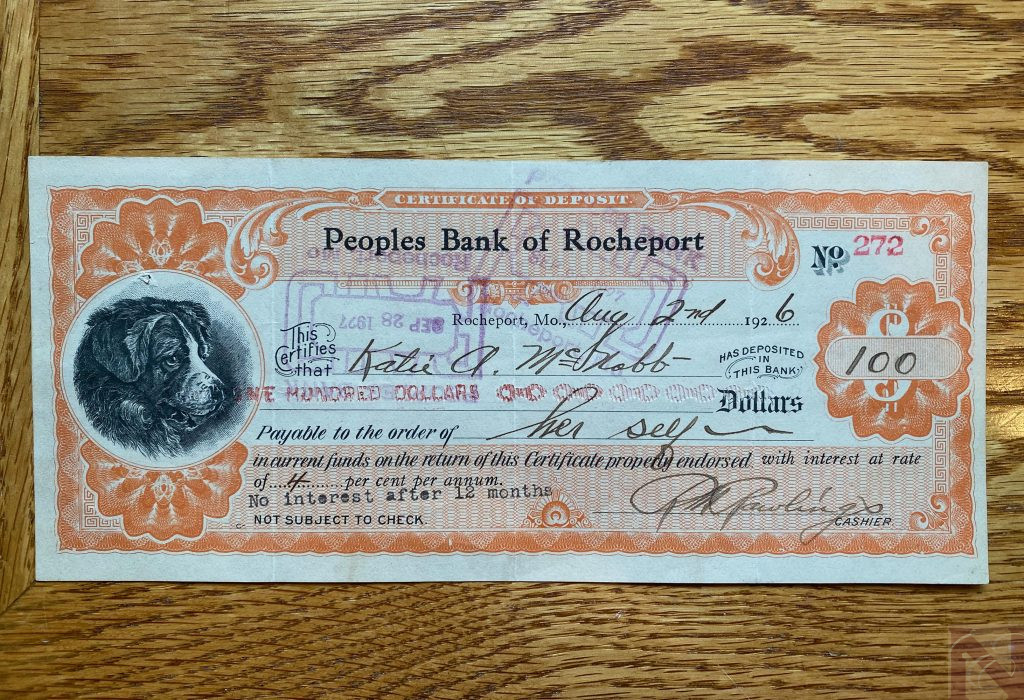
Leave a Reply